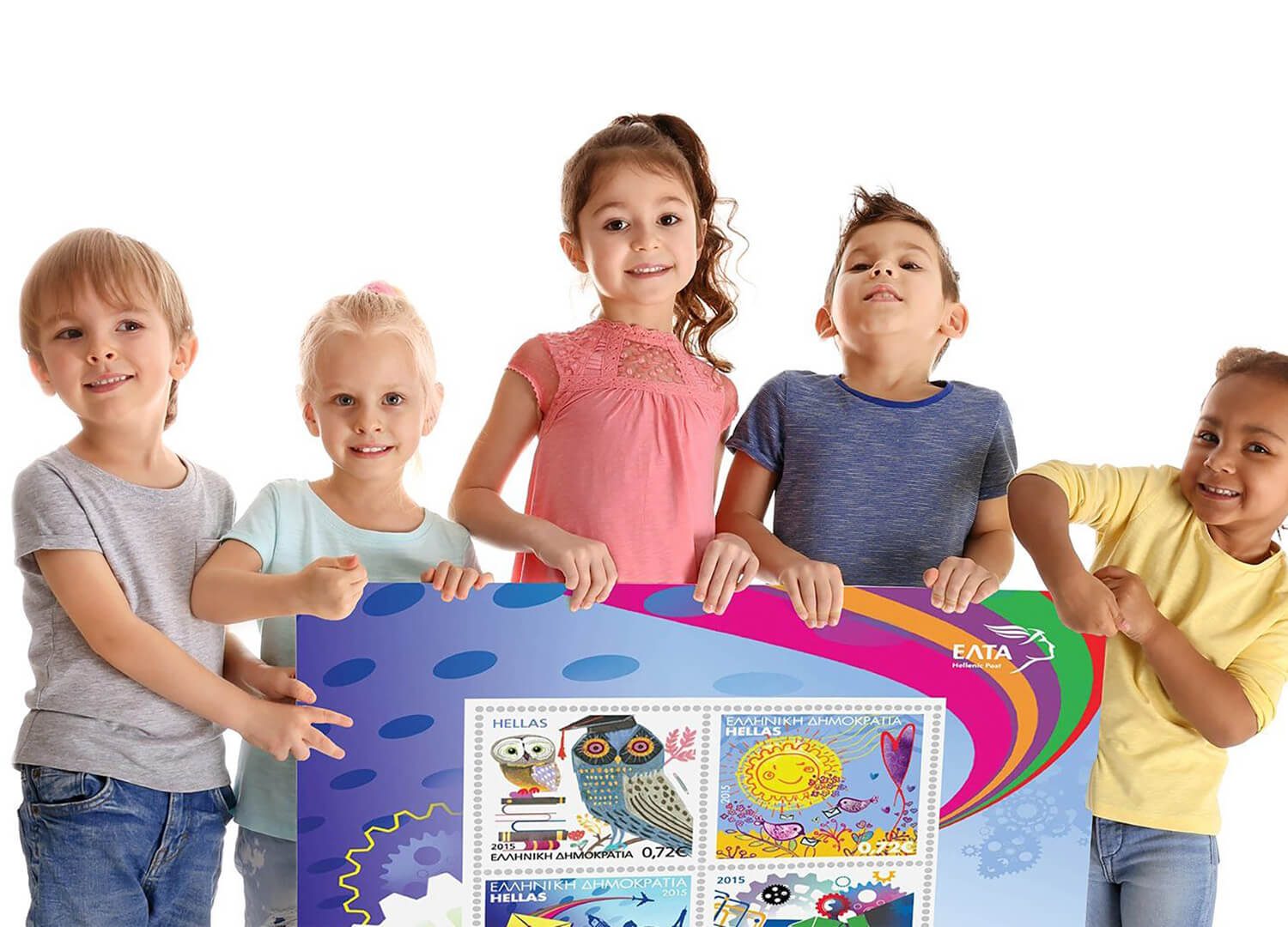

Since 2008, as part of its educational and communication policy, the Philatelic and Postal Museum has offered programs at all school levels, from pre-school (nursery school, kindergarten) to secondary school (high school).
The Museum’s educational programmes are based on modern educational standards and theories of museum education, adapted to the needs and abilities of each age group.
The objectives of the educational programmes for our young visitors are as follows:
Before the visit, please confirm by returning the participation form to us.
Please arrive earlier than the programme’s start as it allows you to care for the children’s needs (snacks, toilets, etc.).
Children can have a snack on the steps of the Panathenaic Stadium, next to the Museum.
Our staff will be happy to help.
Each educational programme is for one group only.
Before entering the Museum, please divide each group into two equal mixed groups.
Your participation and presence are necessary during the programme to contribute to its evaluation and subsequent use in the classroom.
See the available dates for group tours.
Since 2008, as part of its educational and communication policy, the Philatelic and Postal Museum has offered programs at all school levels, from pre-school (nursery school, kindergarten) to secondary school (high school).
The Museum’s educational programmes are based on modern educational standards and theories of museum education, adapted to the needs and abilities of each age group.
The objectives of the educational programmes for our young visitors are as follows:
Before the visit, please confirm by returning the participation form to us.
Each educational programme is for one group only.
Before entering the Museum, please divide each group into two equal mixed groups.
Your participation and presence are necessary during the programme to contribute to its evaluation and subsequent use in the classroom.
Since 2008, as part of its educational and communication policy, the Philatelic and Postal Museum has offered programs at all school levels, from pre-school (nursery school, kindergarten) to secondary school (high school).
The Museum’s educational programmes are based on modern educational standards and theories of museum education, adapted to the needs and abilities of each age group.
The objectives of the educational programmes for our young visitors are as follows:
Before the visit, please confirm by returning the participation form to us.
Your participation and presence are necessary during the programme to contribute to its evaluation and subsequent use in the classroom.
See the available dates for group tours.


Mailboxes, mail carriers’ uniforms, letter-marking machines, typewriters, calculators, polygraphs, mail carriers’ vehicles, scales, telegraphs, mailbags, seals and sealing wax, photographs, all these objects will help us to answer the questions:
Printing plates, stamp essays and models printing colour scales, stamp sheets, first-day envelopes, air mail, stamps, printing plates, the first Greek stamp and all the stamps issued by Greece from 1861 to the present day will teach us:


© 2023 Philatelic and Postal Museum. All Rights Reserved.
© 2023 Philatelic and Postal Museum. All Rights Reserved.